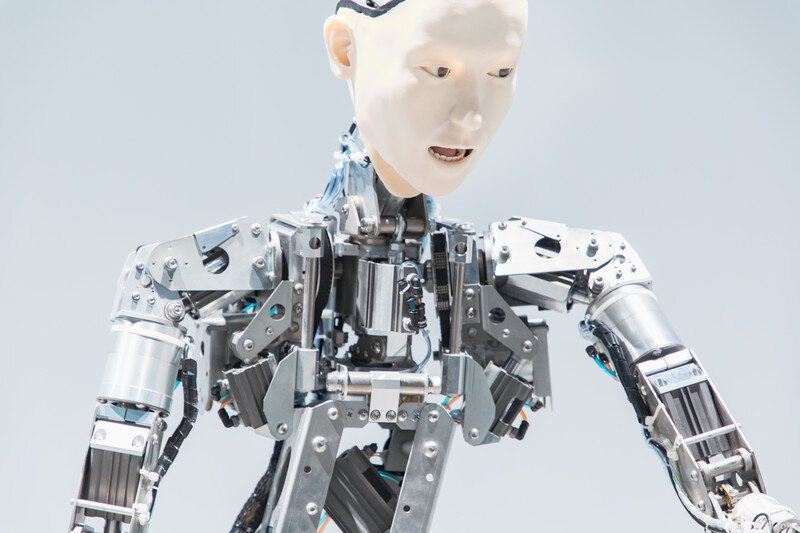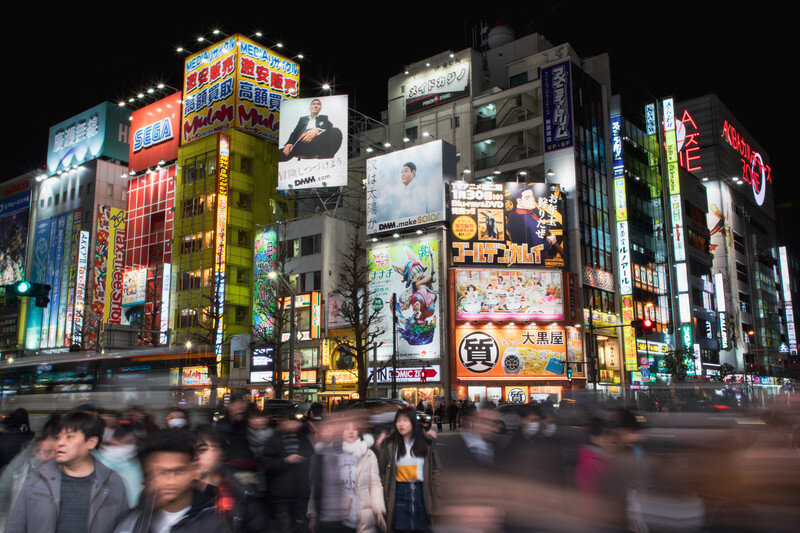RelationChip
© Federico BorellaHow human relations are changing in the era of new technologies
Can we consider new technologies as friends, lovers and helpers, bringing us to a brighter and more sociable future?
Loneliness, need of sharing, desire for new experiences and the continuous research for what is beyond the horizon, are indeed the engines that have brought us to this new use of the several technologies that we have available every day?
We rightfully entered in the fourth industrial revolution, characterized by a fusion of different technologies mixed with the proliferation of broadband connections.
The fourth industrial revolution has not yet arrived at its peak, but it has already demonstrated that, as with all revolutions, it needs to be well channeled to bring out its positive potential.
Like a gigantic mechanized pack animal, new technologies will bring on the back an infinite series of advantages, but also a good dose of questions and consequences to be managed. Especially in the field of human relations, where social bonds are larger and easier to establish, but at the same time also more fragile and ephemeral. This is probably due to the new way of experiencing time: in an immediate, instant and urgent way. In our communication mediated by social networks, smartphones and instant messaging app, what really matters is to be immersed in the exchange; unfortunately, however, virtual contacts only feed the sense of loneliness.
The very matrix of progress is speed, not the duration of things or relationships. In his analysis of the neo-society, sociologist Zygmunt Bauman defines it as “liquid", where progress has transformed citizens into consumers of things and relationships.
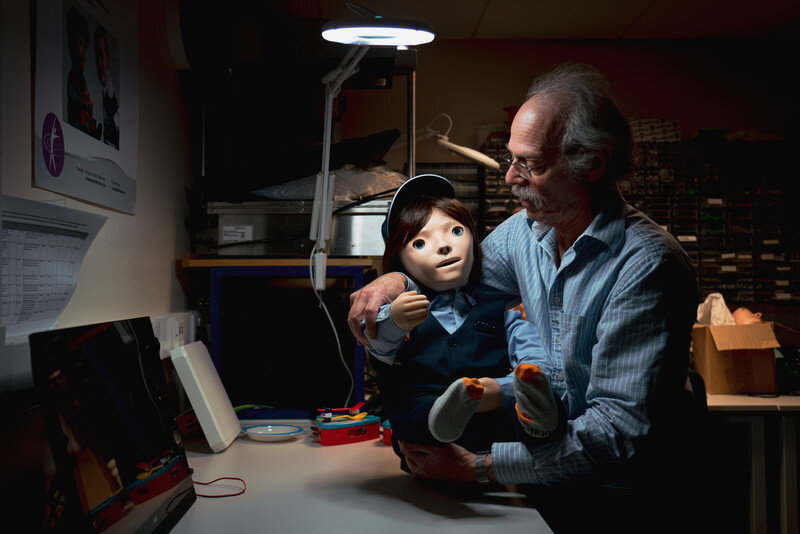
Technological research within universities and private companies is increasingly projected towards a common denominator: using machines to satisfy the most basic human needs.
Tele-operated robotics, for example, allows to mediate the physical distance between one or more human figures thanks to a robot or an android: special virtual viewers enable a remote vision thousands of kilometers away, gloves with pressure and heat sensors allow us to feed turtles on a pacific island, comfortably seated at our desk. These are obviously borderline cases carried to excess, to stimulate our desire to finance the research and thus to extend future implications and possibilities.
But how far will technology be able to push itself towards a still undefined limit? And how long will this limit be perceived as such?
These are the questions we must ask ourselves, now that we live in this historical period as spectators of a constant acceleration of new technologies year after year, which do not necessarily have to be seen and experienced as malicious and intrusive, but which can provide answers and possibilities never explored until now.
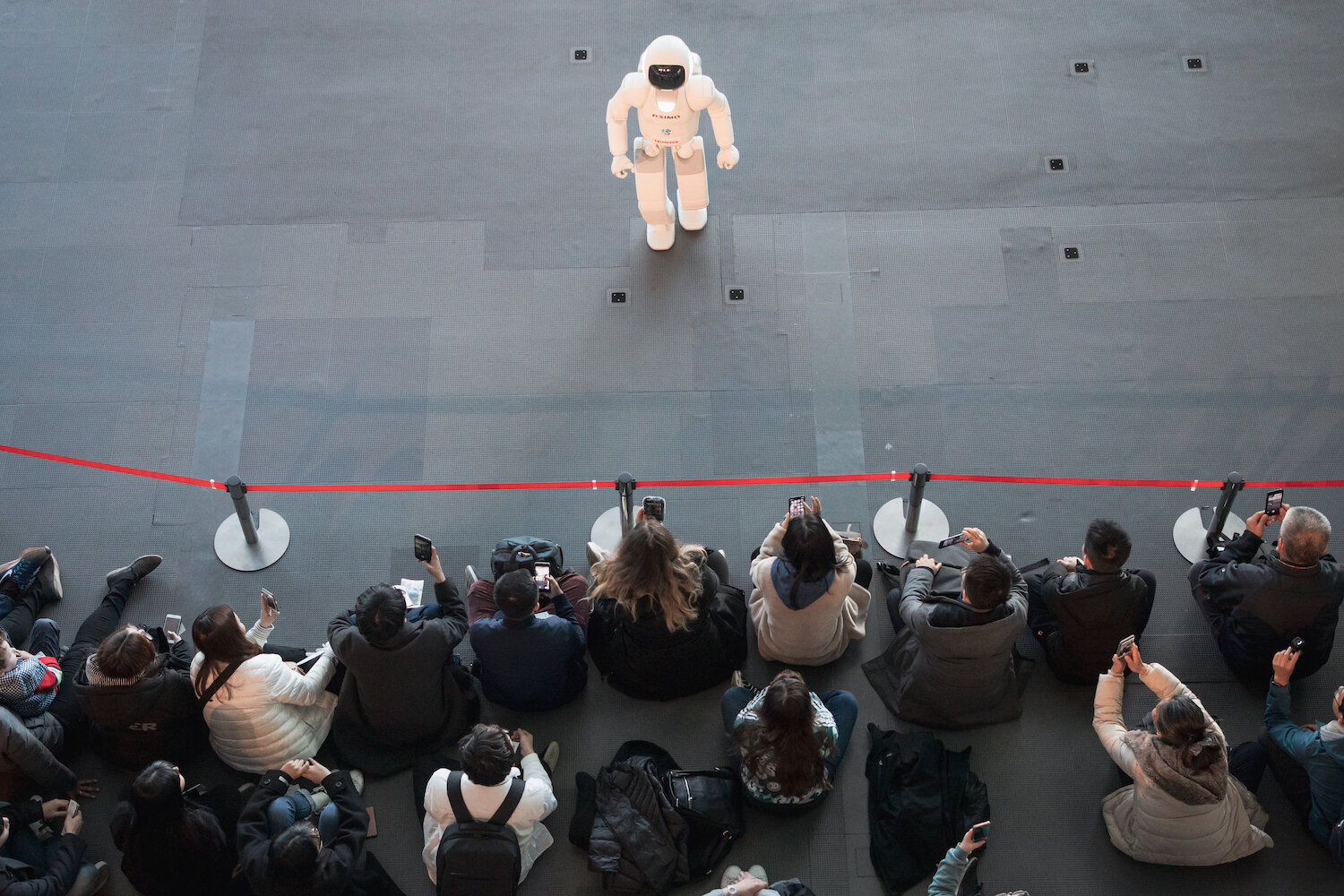
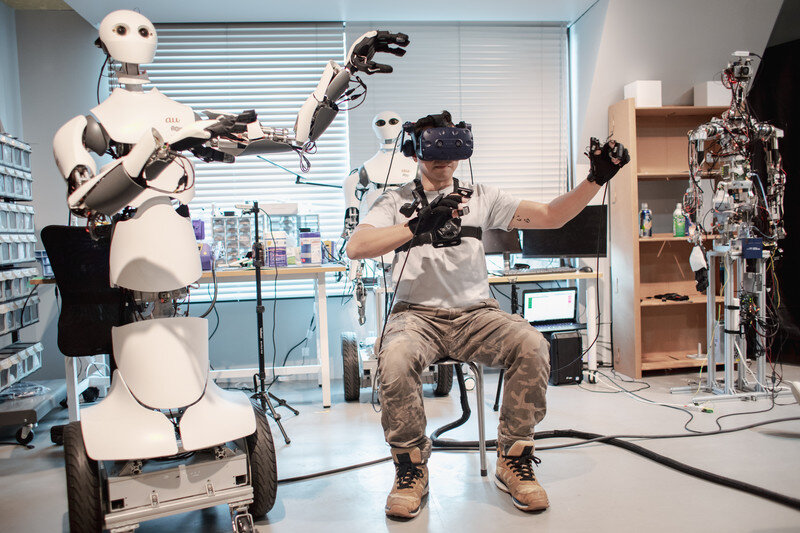
This project aims to be a research about human willing to find something beyond the relation with our fellow human beings, analyzing the way in which new technologies, nowadays and in the near future, are increasingly replacing or modifying human interactions and intimacy, changing sensations and emotions, posing challenges in the area of interpersonal relations. Analyzing different areas of our daily life like healthcare, spare time or sociality, the trend is going towards an increase in the interactions between man and technology, and technology itself acts as a glue, becoming an integral part of human-to-human relation. This project is intentionally wide-ranging and deeply document several topics related to technologies:
1- HEALTHCARE
• Robotics application for elder care. The “Shin-tomi nursing home”, based in Tokyo, is a clinic that uses several models to care for its residents, including mimicking cute furry animals, robotic dogs, human shaped “humanoids,” or full-sized lifting and walking robots.
• Robot Therapy applied for pediatric uses, in the research laboratory of Pediatric Oncology ward in Padova Hospital. These applications are focused on the interaction between paediatric oncology patients and A.I./ robots to low stress and pain levels.
• Robot Therapy for autistic children. Inside Track Autism, a special school in UK, where robot Kaspar is used for therapy with autistic children. Kaspar has been purposefully designed as an expressive robot offering a more predictable and initially repetitive form of communication, which aims to make the social interaction simpler and more comfortable for autistic children.
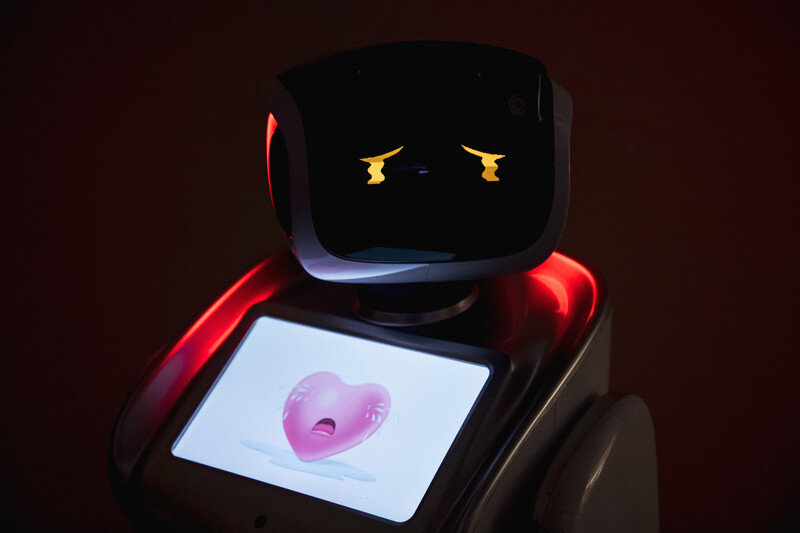
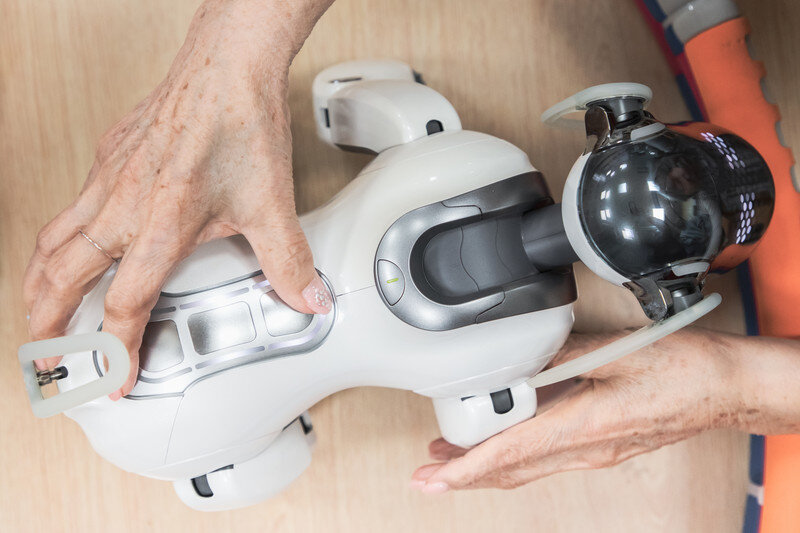
• Akhiko Kondo, a 35 year old man who is actually married (unofficially) with Hatsune Miku, the first hologram pop-star. He spends his daily life together with a moving, talking hologram of Miku that floats in a $2,800 desktop device. He considers himself an ordinary married man. His holographic wife wakes him up each morning and in the evening, when he tells her by cell phone that he’s coming home, she turns on the lights, and later, she tells him when it’s time to go to bed. Gatebox, the company that produces the hologram device featuring Miku, has issued a “marriage certificate,” which certifies that a human and a virtual character have wed beyond dimensions.

• How new technologies are changing the way in which people enjoy art and entertainment. Founded in Japan in 2001, TeamLab is a group of artists working in digital media. Paint and clay is replaced by light and shade that take viewers into a new way of feeling the environment. A growing trend in the sector is integra- tion into the displays of new methodologies and strategies designed to enhance visitor engagement. Allowing visitors to
explore and discover objects in new ways is now a key focus for many institutions. We are seeing the integration of interactive and multisensory technologies. Today, museums display a genuine desire to reconsider the roles of history, culture and learning, and explore how technology alters the relationship between audiences and objects.
• The increasing interaction with digital technology has also led to a new way of entertainment and gaming, with Virtual reality becoming more and more enhanced. VR theme parks are pioneering a new type of entertainment, and testing the boundaries of virtual human experiences, where users can easily feel the same emotions of real life, like the sensations given by altitude, speed, balance and scary adventures.
• Aida, the world first ultra realistic humanoid Ai Robot Artist. In June 2019, she opened her first solo exhibition, called “Unsecured futures''. Aida was created by Aidan Meller and Lucy Seal, and she is able to draw creatively thanks to in-built artificial intelligence technology. She can sketch a portrait by sight, or compose a conceptual painting. The humanoid machine can walk, talk and hold a pencil or brush, she ‘sees’ through a camera in her eye and responds without human intervention, isolating her subject from the background, interpreting it and drawing it by hand.
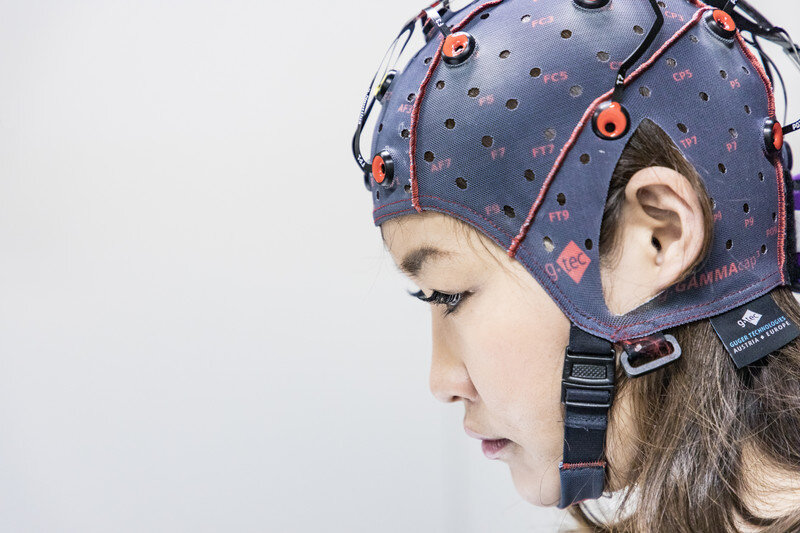
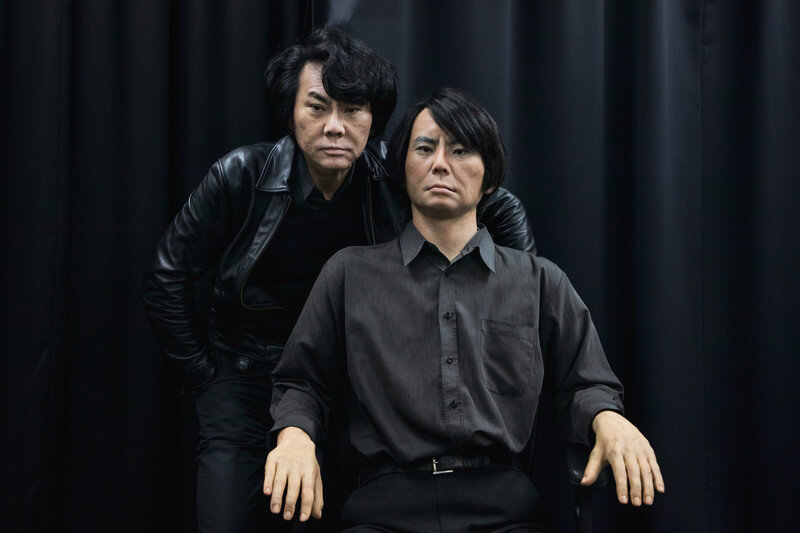
4- TECHNOLOGICAL RESEARCH
• ATR laboratories in Kyoto, pioneers in AI and androids technology, focused on human relations. Iroshi Ishiguro, is the “father” of the Geminoid, a humanoid that is the exact copy of himself: the android twin is immediately recognizable, looking just as he does in promotional photos from recent years: perfectly mod in slim-fitting black with matching leather backpack and fanny pack. Erica is another android created by Hiroshi Ishiguro and ATR Labs near Kyoto, specifically designed for natural conversations through the incorporation of human-like facial expressions and gestures
• Telexistence Inc. in Tokyo, a company focused on advanced robots, tele-operated, able to live experiences in behalf of their owner. Telexistence Inc.’s technology allows human operators to manipulate genetically engineered bodies or lifelike robots from a distance, giving them enhanced abilities such as superhuman strength. Researchers in Tokyo have developed a prototype humanoid robot that can be controlled by a user wearing a virtual reality head-mounted display and haptic feedback gloves. Through this setup, the user can see and feel what the robot senses, allowing him or her to make changes to the robot’s environment. “Telexistence gives you a whole new body” says the inventor of the technology, Susumu Tachi, Professor Emeritus of The University of Tokyo, and chairman of Telexistence Inc.
click to view the complete set of images in the archive
